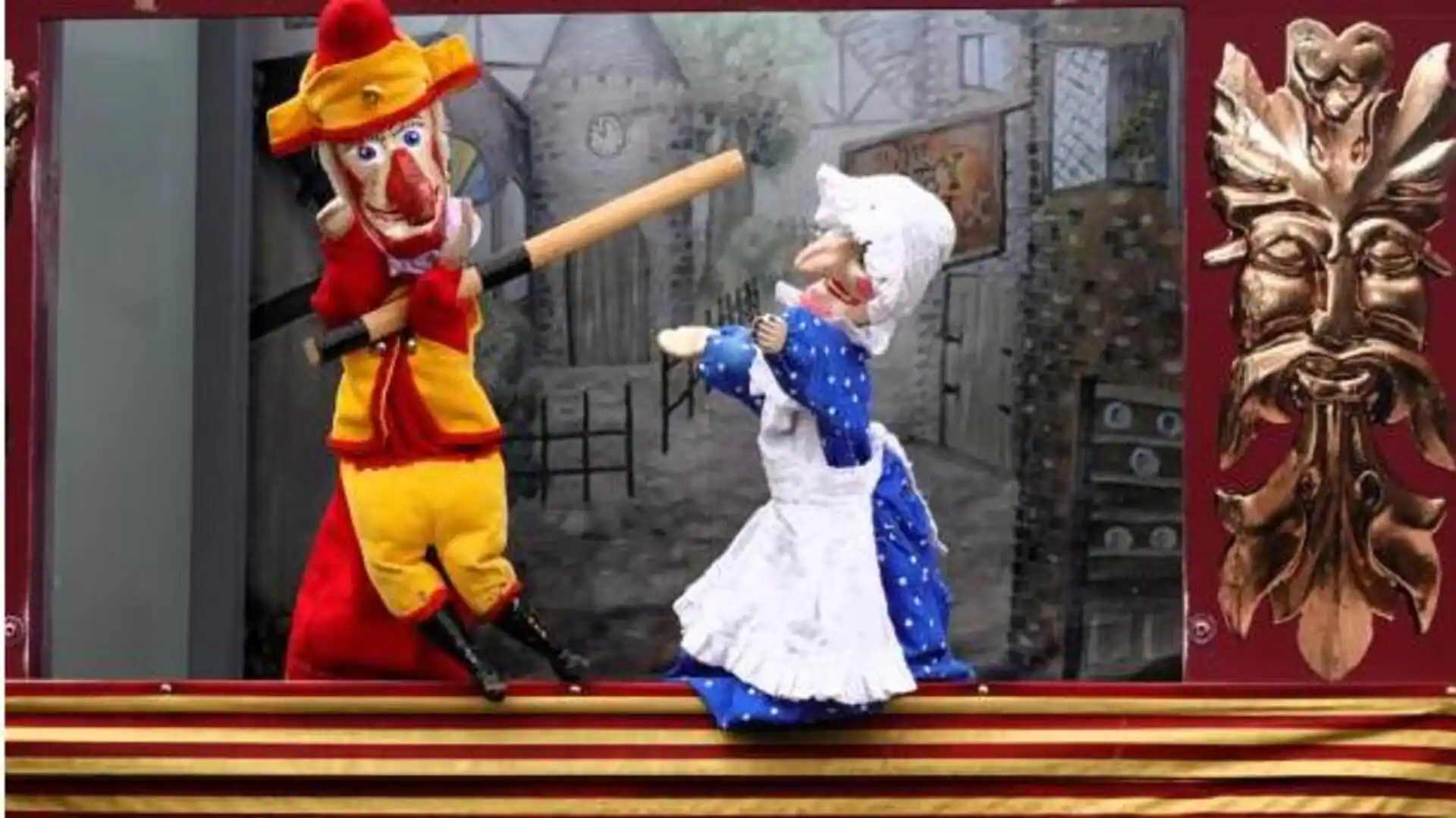By Simran Jeet
Copyright newsbytesapp

African puppet theatre is a spectacular art form that has been alive in the continent’s culture for centuries. It acts as a medium to tell stories, traditions, and social messages through detailed puppetry. This unique theatre tradition marries storytelling with visual artistry, making for an engaging experience for the audience. The puppets are usually made from local materials and are used in performances reflecting Africa’s cultural diversity. The origins of African puppet theatre can be traced back to ancient times when it was used in rituals and ceremonies. Puppets were employed to communicate with ancestors or deities, serving as intermediaries between the spiritual and physical worlds. Over time, this evolved into a form of entertainment while still retaining its cultural significance. African puppet theatre can be quite different from region to region. In West Africa, for example, puppetry tends to involve more elaborate masks and costumes, while East African traditions may be more inclined towards shadow puppetry. Each region adds its own unique flair to the art, reflective of local customs and beliefs. African puppet theater has embraced modernity, weaving in contemporary themes and innovative techniques. Today’s performances may tackle pressing social issues or weave in multimedia elements, like music and dynamic lighting effects. This evolution keeps the art form relevant, resonating with audiences in a world that is constantly evolving. Through these adaptations, puppet theater retains its cultural significance and appeal. The puppet theater serves an educational purpose in many African communities, teaching moral lessons or preserving history. Though performances are typically targeted towards children, they can also capture the attention of adults by addressing community issues or raising awareness of cultural heritage through storytelling techniques that appeal to all ages.



